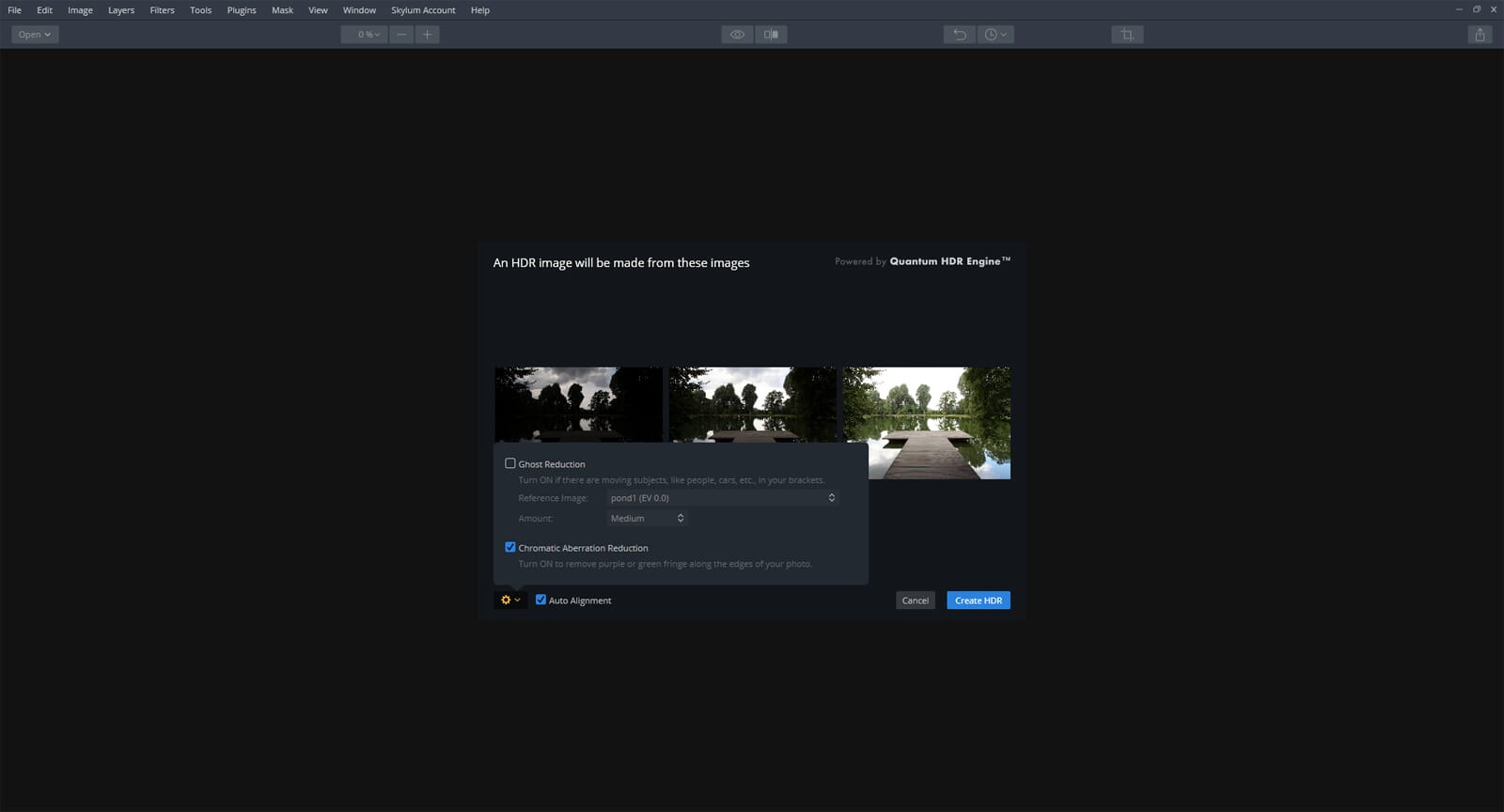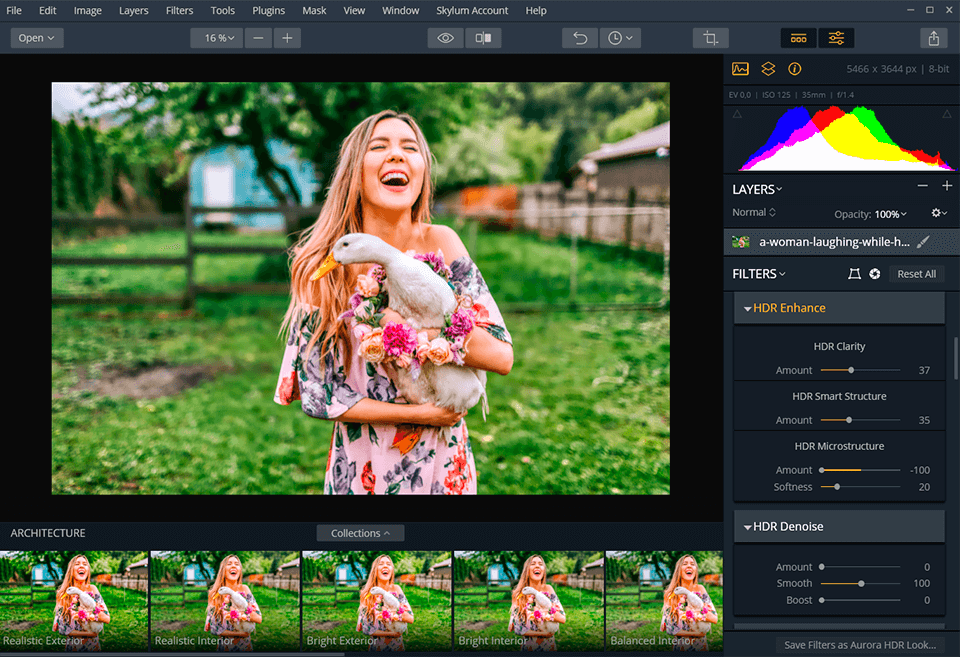
Before and after image showing what is possible with HDR.Ĭompared to other offerings on the market, Aurora HDR’s brilliance lies in its simplicity.
#Aurora hdr software opens at strtup software
Then software such as Lightroom, Photoshop, Photomatix, and others can be used to combine all the images into a single picture that has detail in both the highlights and the shadows. HDR photos are created when a photographer takes multiple shots, usually three or more, of the same scene: one underexposed, one properly exposed, and one overexposed. the dark spots) which leave the bright parts extra bright and overexposed. the bright spots) which mean the dark parts get really dark and underexposed.Īlternatively, you can expose for the shadows (i.e. If you’re taking a picture with extraordinary bright spots like a sunrise or sunset, you can expose for the highlights (i.e. HDR photography is all about getting the best of both worlds when taking photos, particularly of static subjects like landscapes or architecture. Get Aurora HDR with 10% discount, use coupon code PHOTOINTRO during checkout, click here! If you want a single program that can handle all your HDR needs no matter your skill level, Aurora HDR 2019 may be just the tool for you. It’s a program that caters to casual users who want a fun creative outlet while also meeting the demands of professionals who make their living from designing beautiful works of photographic art. Aurora HDR 2018 is the latest arrival in this category, created by Skylum, a developer rooted in photography and digital image manipulation.


With just a few clicks anyone can make beautiful HDR images.

In recent years the software required to do this has gotten more powerful, less expensive, and so much easier to use. It involves combining multiple exposures of a picture, usually taken with a technique known as bracketing, to create one final single image with bright parts that are not overexposed and dark parts that are not underexposed. HDR, or High Dynamic Range, photography is a technique that has been around for decades but really started making waves in the modern digital imaging scene around 2005.


 0 kommentar(er)
0 kommentar(er)
